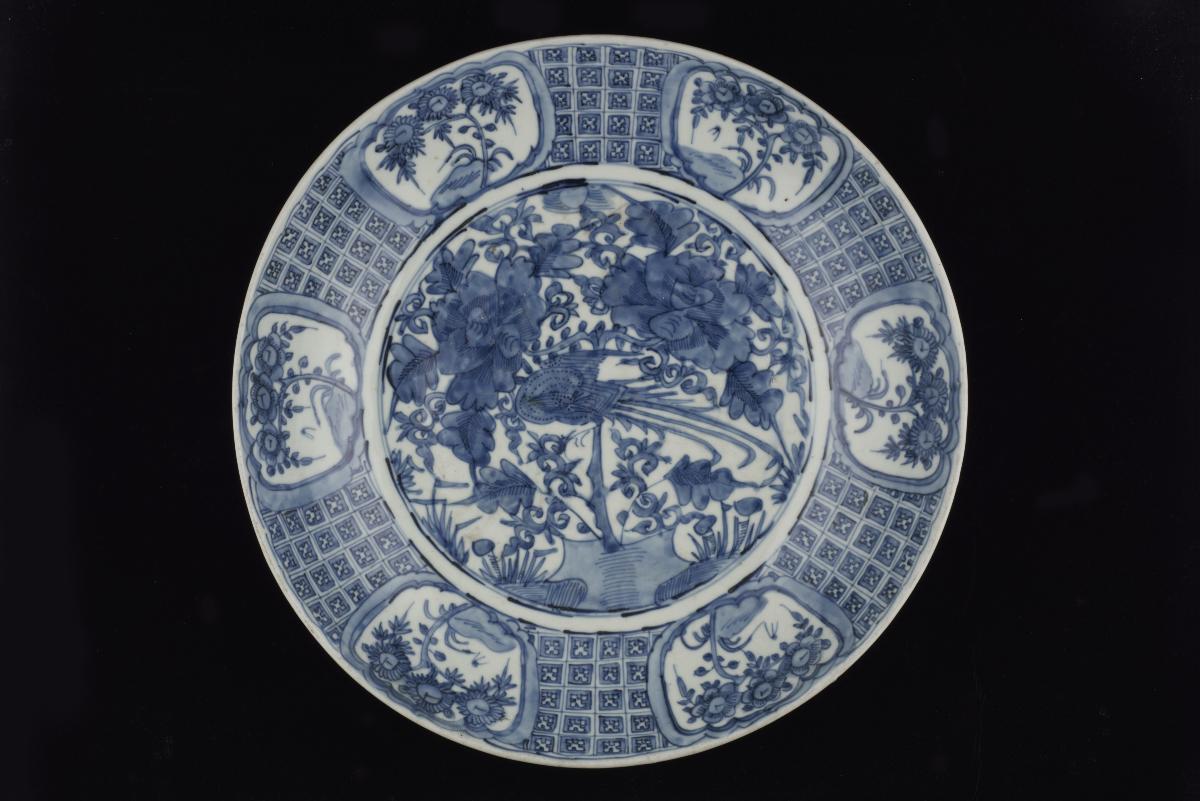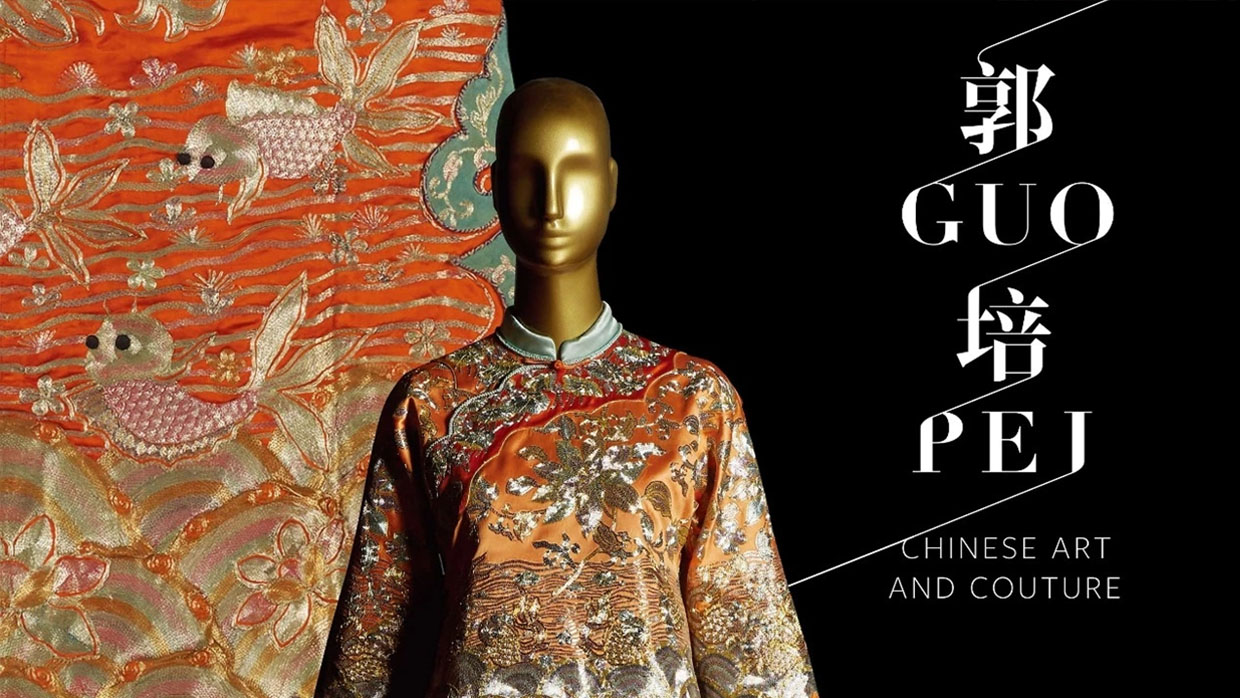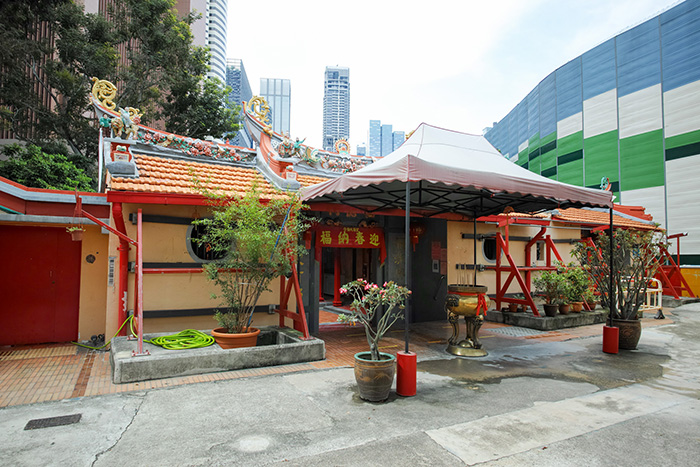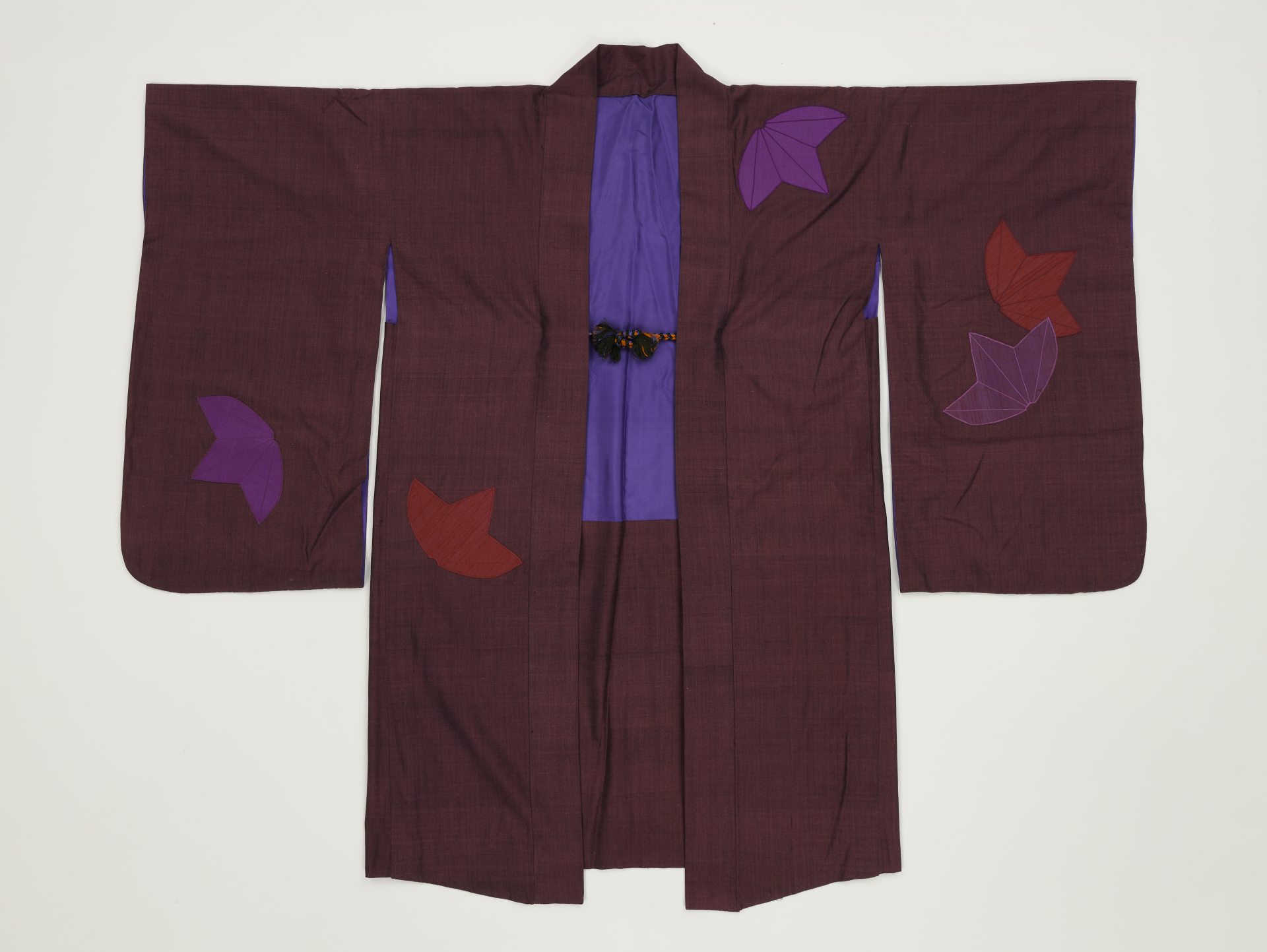This dish was evenly but very heavily potted and covered with a pure glossy ivory glaze. The mouth rim curves gently inwards and the surface interior shows that the dish was finished with a knife on the potter’s wheel. A large motif of a peony spray is cut into the centre. Saucers of this type were retrieved in substantial quantity from the Vung Tau wreck. It remains unclear if saucers such as these were bound for Europe or countries en-route. Dishes made at Dehua were rarely of European forms and were considered heavy for European taste.The Vung Tao shipwreck was discovered in the South China Sea, in Vung Tao, south of Vietnam. The cargo included porcelain and stoneware utility items, bound for Batavia (now Jakarta), from where the Dutch East India Company transhipped porcelain to Europe.Dehua, located on the southeast coast of Fujian province, is well known for its production of white porcelain, known to Europeans as 'blanc de Chine'. The earliest Dehua porcelain was produced as early as the 14th century but the production and quality of these porcelain peaked around the 17th and 18th centuries.


















